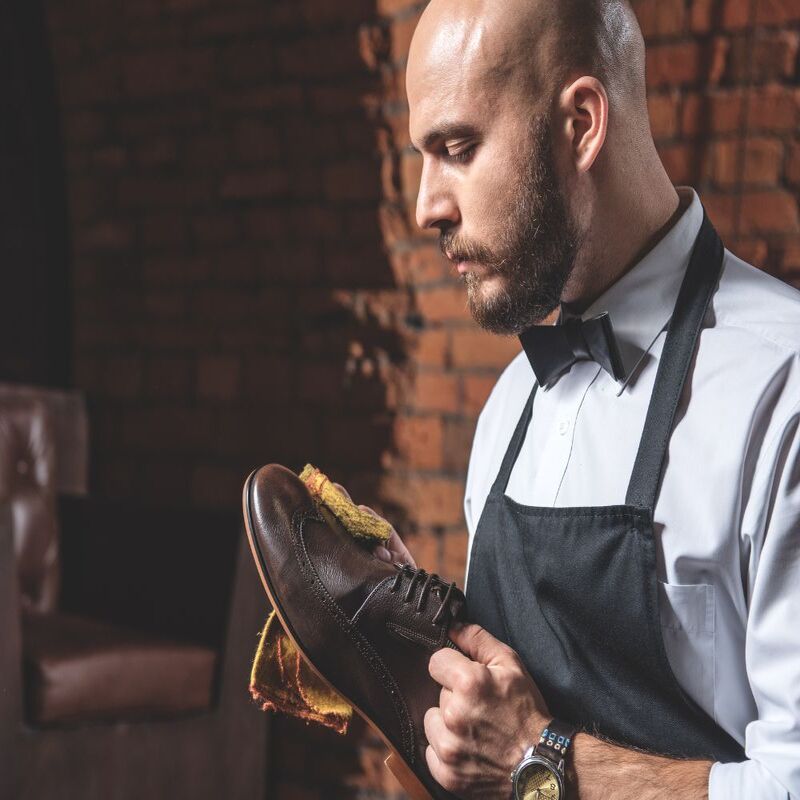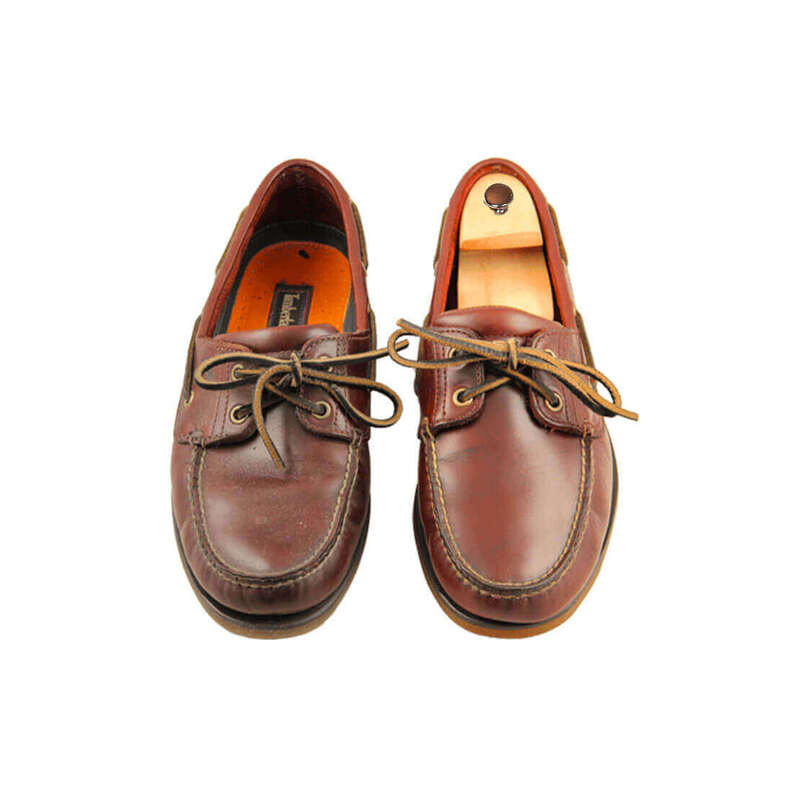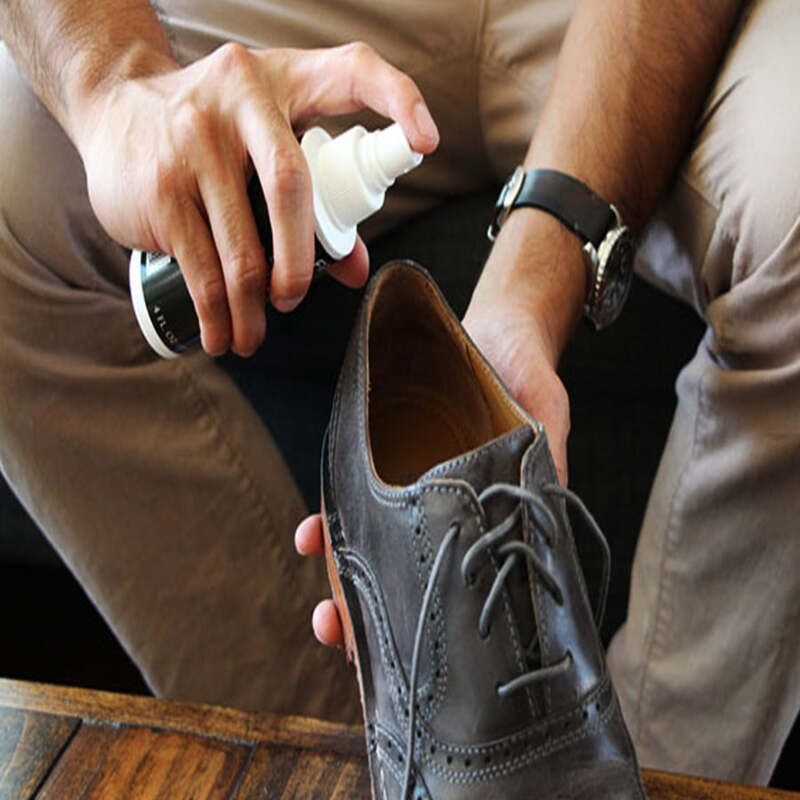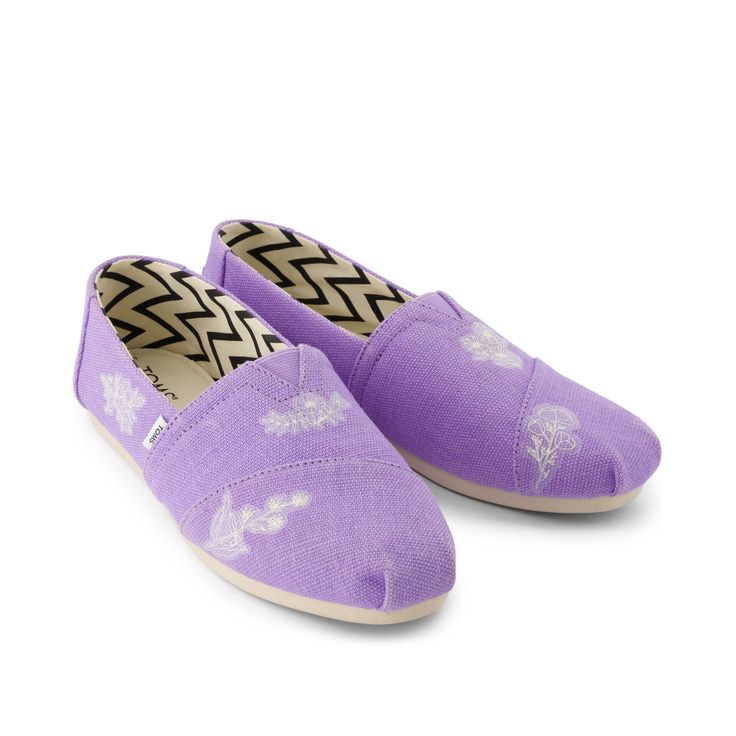How to soften leather shoes? Leather shoes are prized for their durability, style, and comfort. However, they can be quite stiff when new, causing discomfort and even pain. Softening leather properly can make a significant difference in how they feel, ensuring a more comfortable and enjoyable wearing experience. This comprehensive guide will walk you through various methods and techniques to soften leather shoes effectively. By understanding the different options and necessary precautions, you can keep your leather shoes in top condition while enhancing their comfort. Therefore, let’s delve into the specifics of softening leather shoes to ensure they become as comfortable as they are stylish.
Understanding Leather Types and Care
Before diving into the softening techniques, it’s crucial to understand the different types of leather and their specific care needs. Therefore, identifying the leather type helps in selecting the appropriate softening method.
Identifying Leather Types
Leather shoes come in various types, each with distinct characteristics and care requirements. Full-grain leather is the most durable and maintains its natural markings, while top-grain leather is slightly sanded for a smoother finish. Suede leather, made from the underside of the animal hide, has a soft texture but is more delicate. Patent leather is coated with a high-gloss finish, making it less breathable but more resistant to water and stains. Knowing your leather type ensures you use the correct softening method, preventing damage. Therefore, identifying leather types is foundational for proper shoe care.
Assessing the Shoe Condition
Assessing the current condition of your leather shoes is essential before applying any softening technique. Check for signs of wear and tear, such as cracks, scuffs, or dry patches. Conditioning the leather might be necessary before applying softening methods to ensure optimal results. A well-maintained shoe will respond better to softening treatments. Additionally, address any necessary repairs to prevent further damage. Therefore, evaluating the shoe’s condition ensures that softening techniques are applied effectively and safely.

Softening Leather Shoes: Home Remedies
Several home remedies can effectively soften leather shoes, making them more comfortable. Therefore, exploring these DIY methods can be beneficial.
Using Heat for Softening
Applying heat is a popular method for softening leather shoes. Start by wearing thick socks and putting on the shoes. Use a hairdryer on a medium setting to apply heat to the stiff areas, moving the dryer continuously to avoid burning the leather. Flex your feet and walk around as the leather warms up, encouraging it to mold to your shape. Allow the shoes to cool down while still on your feet. Repeat if necessary for additional softening. Therefore, using heat can make leather shoes more pliable and comfortable.
Applying Natural Oils
Natural oils, like coconut oil or olive oil, can also soften leather. Start by cleaning the shoes to remove any dirt or dust. Apply a small amount of oil to a soft cloth and rub it into the leather in circular motions. Focus on particularly stiff areas but ensure even application. Let the oil absorb into the leather for several hours or overnight. Wipe off any excess oil with a clean cloth. This method nourishes the leather, making it softer and more flexible. Therefore, using natural oils is an effective way to soften leather shoes.
Commercial Products for Softening
If home remedies aren’t providing the desired results, various commercial products are designed to soften leather effectively. Therefore, considering these products can offer advanced solutions.
Leather Conditioners
Leather conditioners are specially formulated to soften and nourish leather. They contain ingredients like lanolin, beeswax, and other emollients that penetrate the leather, making it more pliable. To use a leather conditioner, clean the shoes thoroughly and apply the product following the manufacturer’s instructions. Rub it in with a soft cloth, ensuring even coverage. Allow the conditioner to absorb fully before wearing the shoes. Regular use of a leather conditioner not only softens but also protects the leather from drying out and cracking. Therefore, leather conditioners are highly effective for maintaining soft and supple leather shoes.
Leather Stretch Sprays
Leather stretch sprays are another commercial option designed to soften and expand leather. These sprays work by loosening the leather fibers, making them more flexible. To use, spray the product generously on the inside and outside of the shoes, focusing on tight or stiff areas. Wear the shoes immediately, or use a shoe stretcher to help mold the leather to your foot shape. Leather stretch sprays provide quick results, making them ideal for new or particularly stiff shoes. Therefore, leather stretch sprays are an excellent choice for fast and effective softening.

Preventing Damage While Softening
While softening leather shoes, it’s important to avoid damaging the material. Therefore, taking precautions ensures the longevity and integrity of your shoes.
Avoiding Over-Soaking
Over-saturating leather with oils, water, or sprays can cause damage, such as discoloration or loss of texture. When using any liquid-based method, apply sparingly and allow the leather to absorb fully before reapplying. Avoid soaking the shoes entirely, as excessive moisture can weaken the leather fibers or lead to mold growth. Testing the product on a small, inconspicuous area first can help prevent potential damage. Therefore, using products judiciously and carefully is key to maintaining the leather’s quality.
Monitoring Heat Exposure
While heat can effectively soften leather, excessive heat can cause permanent damage. When using a hairdryer or other heat sources, keep the heat at a medium setting and maintain a safe distance to prevent scorching or drying out the leather. Moving the heat source continuously helps distribute the heat evenly, reducing the risk of hot spots. Avoid using high heat settings or direct flames, as these can cause the leather to crack and become brittle. Therefore, carefully monitoring heat exposure is crucial for safely softening leather shoes.
Maintaining Softened Leather Shoes
Once your leather shoes are softened, proper maintenance is essential to keep them in top condition. Therefore, implementing regular care routines ensures prolonged comfort and durability.
Regular Conditioning
Regular conditioning is vital for maintaining soft and supple leather shoes. Conditioning prevents the leather from drying out, cracking, or becoming stiff again. Use a high-quality leather conditioner every few weeks, or as needed, depending on wear and environmental conditions. Apply the conditioner evenly, allow it to absorb, and buff the shoes with a soft cloth. Regular conditioning enhances the leather’s durability and maintains its comfort. Therefore, incorporating conditioning into your shoe care routine is essential for long-lasting softness.
Proper Storage
Proper storage of leather shoes extends their life and maintains their softened state. Store the shoes in a cool, dry place away from direct sunlight and heat sources. Use shoe trees to help maintain their shape and absorb moisture. If shoe trees are unavailable, stuff the shoes with acid-free tissue paper. Avoid storing leather shoes in plastic bags, which can trap moisture and cause mold growth. Proper storage practices maintain the leather’s integrity and ensure continued comfort. Therefore, storing leather shoes correctly is crucial for preserving their condition.

Common Mistakes to Avoid
To effectively soften leather shoes, it’s important to avoid common mistakes that can cause damage. Therefore, being aware of these pitfalls ensures successful softening.
Using Harsh Chemicals
Harsh chemicals can strip the leather of its natural oils, causing it to become brittle and prone to cracking. Avoid using products containing alcohol, acetone, or other harsh solvents. Opt for natural oils or products specifically designed for leather care. Checking product labels and manufacturer recommendations can help prevent inadvertent damage. Therefore, avoiding harsh chemicals is crucial for maintaining the quality of leather shoes.
Ignoring Regular Maintenance
Neglecting regular maintenance can cause softened leather to revert to a stiff and uncomfortable state. Inconsistent care allows the leather to dry out, lose its flexibility, and eventually crack. Regular cleaning, conditioning, and proper storage are essential for maintaining the softness achieved through initial treatments. Setting a maintenance schedule can help keep your leather shoes in optimal condition. Therefore, consistent and diligent care is necessary for prolonged comfort and durability.
Conclusion
Softening leather shoes is crucial for achieving optimal comfort and fit, enhancing your overall wearing experience. Various methods and techniques can help make leather shoes more pliable, from home remedies like using heat and natural oils to commercial products like leather conditioners and stretch sprays. Understanding the importance of proper care and the specific needs of different leather types is essential before applying any softening technique.
Precautionary measures, such as avoiding over-soaking and monitoring heat exposure, prevent potential damage during the softening process. Regular conditioning and proper storage maintain the softness and longevity of your leather shoes, ensuring they remain in top condition. Awareness of common mistakes, like using harsh chemicals and neglecting regular maintenance, helps preserve the quality and comfort of your footwear.
By following the comprehensive steps and advice outlined in this guide, you can effectively soften leather shoes, making them as comfortable as they are stylish. Therefore, you are now well-equipped to handle the process of softening leather shoes, ensuring a more enjoyable and comfortable wearing experience.



